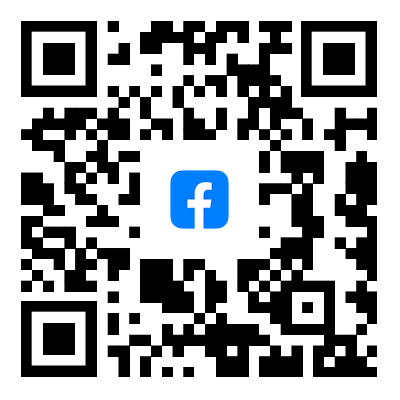Thondar Academy
A Quantitative Comparison of Multispectral Refraction Topography and Autorefractometer in Young Adults
来源:
|
作者:Yunru Liao, Zhenlan Yang, Zijing Li, Rui Zeng, Jing Wang, Yichi Zhang, Yuqing Lan
|
发布时间: 2022-02-10
|
1207 次浏览
|
分享到:
Authors and their organizations:
Yunru Liao 1 2, Zhenlan Yang 1, Zijing Li 1, Rui Zeng 1, Jing Wang 1, Yichi Zhang 1, Yuqing Lan 1
1 Department of Ophthalmology, Sun Yat-sen Memorial Hospital, Sun Yat-sen University, Guangzhou, China.
2 Department of Glaucoma, Zhongshan Ophthalmic Center, Sun Yat-sen University, Guangzhou, China.
Objective:
Purpose of this study is to evaluate the measuring consistency of central refraction between multispectral refraction topography (MRT) and autorefractometry.
Methods:
This was a descriptive cross-sectional study including subjects in Sun Yat-sen Memorial Hospital from September 1, 2020, to December 31, 2020, ages 20 to 35 years with a best corrected visual acuity of 20/20 or better. All patients underwent cycloplegia, and the refractive status was estimated with autorefractometer, experienced optometrist and MRT. We analyzed the central refraction of the autorefractometer and MRT. The repeatability and reproducibility of values measured using both devices were evaluated using intraclass correlation coefficients (ICCs).
Results:
This was a descriptive cross-sectional study including subjects in Sun Yat-sen Memorial Hospital from September 1, 2020, to December 31, 2020, ages 20 to 35 years with a best corrected visual acuity of 20/20 or better. All patients underwent cycloplegia, and the refractive status was estimated with autorefractometer, experienced optometrist and MRT. We analyzed the central refraction of the autorefractometer and MRT. The repeatability and reproducibility of values measured using both devices were evaluated using intraclass correlation coefficients (ICCs).
Conclusion:
Results revealed that autorefractometry, experienced optometrist and MRT show high agreement in measuring central refraction. MRT could provide a potential objective method to assess peripheral refraction.
Shenzhen Thondar Technology Co., Ltd
Add: Floor 2, Building 13C, Zhonghaixin Innovation Industrial City, Longgang District, Shenzhen City, China 518112
Tel:+86-755-28377276
Fax:+86-755-84535972
Email: global@thondar.com



